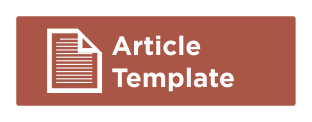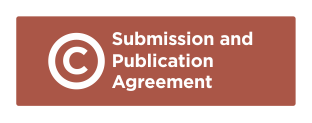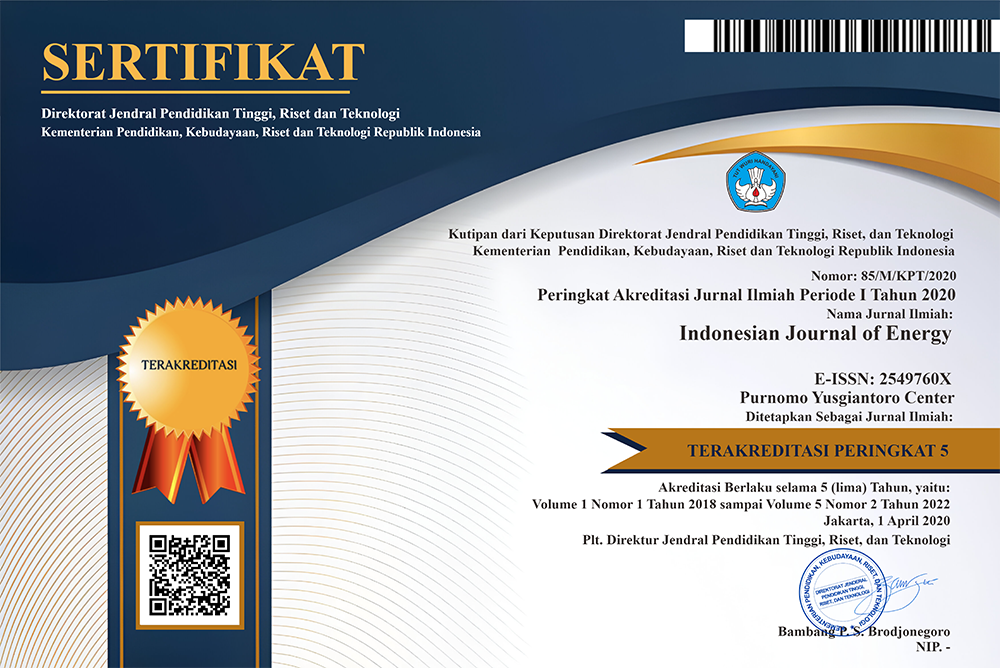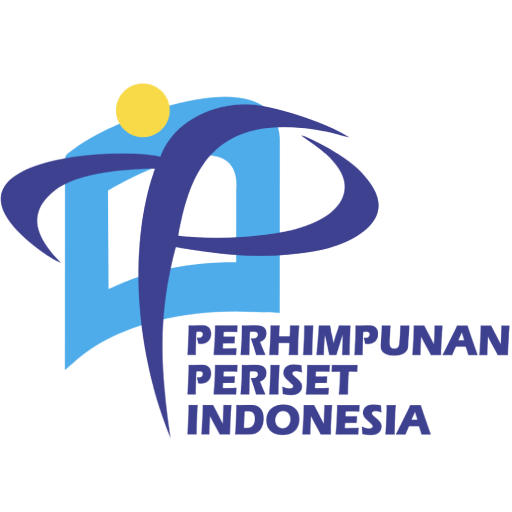Integration of Clustering System and Joint Venture Business Model for CCUS Deployment
A Case Study in South Sumatra Region
Abstract
Carbon Capture, Utilization, and Storage (CCUS) have been a 'buzzword' for the past two years, especially in Indonesia, a developing country committed to achieving net-zero emissions. However, 43% of global CCUS projects were still terminated or put on hold, mainly driven by economic inability and public acceptance. Therefore, a suitable business model and clustering system must be proposed to make carbon sequestration projects economically attractive in Indonesia. Under the Analytical Hierarchy Process (AHP) assessment collaborating with the previous study conducted by Center of Excellence ITB and Lemigas, clustering systems can be deployed in three regions: South Sumatra, West Java, and East Kalimantan. The selected CO2 sources consist of various industrial sectors surrounding the fields, aiming to facilitate the source's matching process to the possible sink. Thus, it is obtained that the Talang Jimar field (South Sumatra) becomes the highest priority and the most probable sink point with 0.584 GtCO2 storage and an annual sink capacity of 0.0292 GtCO2 for 20 years storage period. Integrating CCUS deployment in Talang Jimar with a clustering system and advanced capturing technology seriously adds commercial value to the project. A carbonate fuel cell is the proposed capturing technology for coal power plants, with expected CO2 capture efficiency by 90% and reduced electricity cost by 33%. These developing technologies and clustering systems are forcing companies to find more efficient business models to compete in the carbon market. In this study, a joint venture scheme is applied to specify the CO2 value chain in this project and to cover the capturing and transportation cost through the joint-stock cooperative system, under sharing percentage assumptions of 40% for the capturing company, 30% for storage, and 30% for transport.
Downloads
References
Asia-Pacific Economic Cooperation. (2019). Building capacity for CO2 capture and storage in the APEC region. Asia-Pacific Economic Cooperation.
Abdurrahman, M., Hidayat, F., Husna, U. Z., & Arsad, A. (2020). Determination of optimum CO2 water alternating gas (CO2-WAG) ratio in Sumatera Light Oilfield. Material Today: Proceeding, 2020. http://doi.org/10.1016/j.matpr.2020.04.495
Abdurrahman, M., Permadi, A. K., Hidayat, F., & Pangaribuan, L. (2018). Pengaruh parameter operasional injeksi CO2 terhadap peningkatan perolehan: Studi kasus lapangan M. Jurnal Teknologi Minyak dan Gas Bumi, 16(2), 81–91.
Carbon Sequestration Leadership Forum. (2007). Estimation of CO2 storage capacity in geological media. http://www.cslforum.org/documents/PhaseIIreportStorageCapacityMeasurementTaskForce.pdf
Dewan Energi Nasional. (2019). Outlook inergi Indonesia 2019.
Hervé-Mignucci, M., & Wang, X. (2015). Slowing the growth of coal power outside China: The role of Chinese. Climate Policy Initiative.
Intergovernmental Panel on Climate Change. (2005). IPCC special report on carbon dioxide capture and storage
intergovernmental panel on climate change. Cambridge University Press.
Iskandar, U. P. (2008). Assessing CCS value chain in Indonesia. Lemigas.
McCollum, D. L., & Ogden, J. M. (2006). Correlations for estimating carbon dioxide density and viscosity. https://escholarship.org/uc/item/1zg00532
Ministry of Environment and Forestry Directorate General of Climate Change. (2021). Nationally determined contribution Republic of Indonesia 2021.
PT Pupuk Indonesia (Persero). (2018) Sustainability report.
PT Semen Baturaja. (2013). Annual report.
Wang, N., Akimoto, K., & Nemet, G. F. (2021). What went wrong? Learning from three decades of carbon capture, utilization and sequestration (CCUS) pilot and demonstration projects. Energy Policy, 158(August), 112546. https://doi.org/10.1016/j.enpol.2021.112546
















